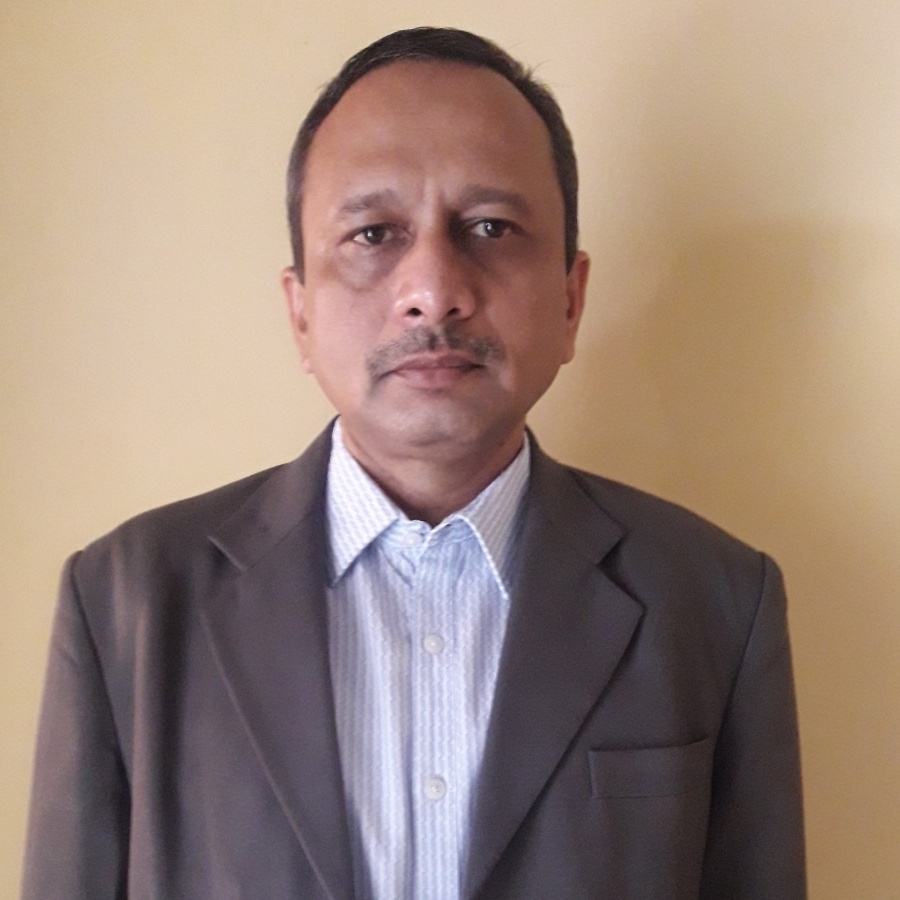Quality Education
We open paths to opportunities in the formal economy by creating more equitable access
to quality learning infrastructure, content, mentoring, and hand-holding.
Sambhav's initiatives
Overview
Only
24%
of Indian house-holds have
access to the
Internet, and therefore to E-Learning
Only
1%
of differently-abled children attend school,
and so they remain
‘labour market outsiders’
247m
students were kept
out of school due to lockdowns
out of school due to lockdowns
6m
students are
out of
school with or
without a pandemic
school with or
without a pandemic
Gender inequality makes things worse
39.4%
girls between 15-18 years of
age are out of school
Sambhav is working to create a better future
Access to infrastructure
Classrooms, blended learning systems, and e-learning platforms
Access to quality learning
Offline and web-based content and qualified trainers
Track learning outcomes
Tech-enabled assessment and certification
Our Approach
Sambhav's approach is grounded in 3 pathways
Pathway
Intervene early, at the school
level and map aspirations
EdTech enabled vocational learning in area of aspiration
Pathway
Pathway
Provide linkages to on-job learning and employment opportunities
Our impact
Livelihoods
enabled
enabled
0
m
Micro-entrepreneurs incubated
0
k
Industry
sectors
sectors
0
States and 12,000+ pincodes covered
0
Our Current Initiatives
School Education
We're improving access to learning centres and classrooms, along with quality learning material, and tech-enabled tracking of vocational learning outcomes.Read More
EdTech in Skilling
We're enabling vocational education through micro-learning with content designed based on on-field observations and technology designed to work in low-resource settings.Read More
Future Workforce
We're making opportunities in high-tech, high-demand areas of the digital economy more accessible through blended learning infrastructure and content.Read More
Educating the Differently-abled
We're intervening early to provide life skills and vocational skills training and help specially-abled children bridge development gaps and achieve self-reliance.Read More
THE Livelihoods Team at Sambhav

BALAJI Sarma

